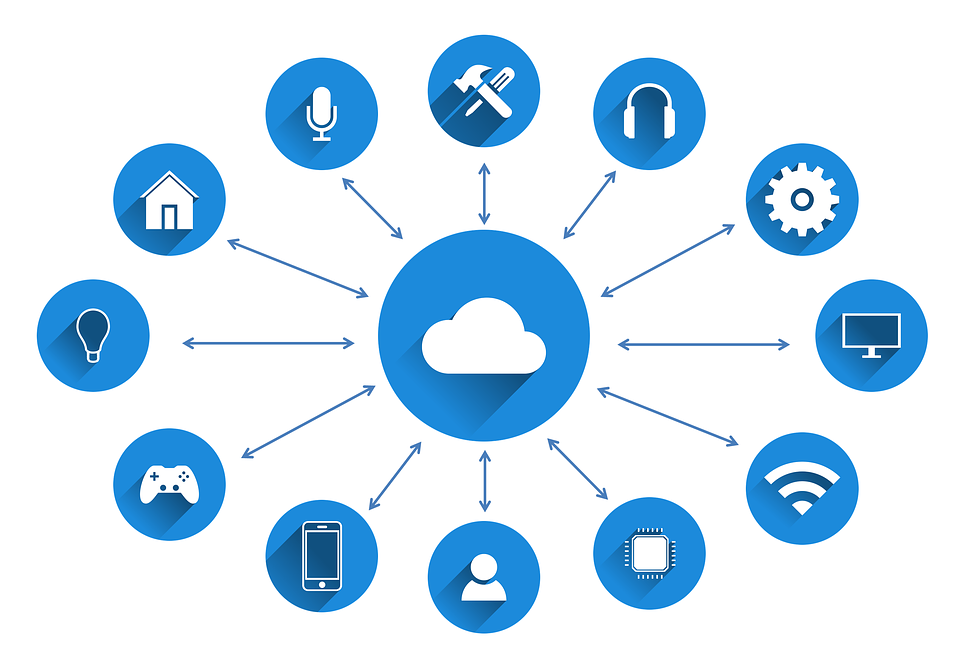What is Cloud Computing?
Simply put, cloud computing is the delivery of computing services—servers, storage, databases, networking, software, analytics, intelligence and more—over the Internet (“the cloud”) to offer faster innovation, flexible resources, and economies of scale. You typically pay only for cloud services you use, helping lower your operating costs, run your infrastructure more efficiently and scale as your business needs change.

Top benefits of cloud computing
Cloud computing is a big shift from the traditional way businesses think about IT resources. Here are seven common reasons organizations are turning to cloud computing services:
Cost - Cloud computing eliminates the capital expense of buying hardware and software and setting up and running on-site datacenters—the racks of servers, the round-the-clock electricity for power and cooling, the IT experts for managing the infrastructure. It adds up fast.
Speed - Most cloud computing services are provided self-service and on demand, so even vast amounts of computing resources can be provisioned in minutes, typically with just a few mouse clicks, giving businesses a lot of flexibility and taking the pressure off capacity planning.
Global scale - The benefits of cloud computing services include the ability to scale elastically. In cloud speak, that means delivering the right amount of IT resources—for example, more or less computing power, storage, bandwidth—right when it is needed and from the right geographic location.
Productivity - On-site datacenters typically require a lot of “racking and stacking”—hardware set up, software patching and other time-consuming IT management chores. Cloud computing removes the need for many of these tasks, so IT teams can spend time on achieving more important business goals.
Performance - The biggest cloud computing services run on a worldwide network of secure data centers, which are regularly upgraded to the latest generation of fast and efficient computing hardware. This offers several benefits over a single corporate data center, including reduced network latency for applications and greater economies of scale.
Security - Many cloud providers offer a broad set of policies, technologies, and controls that strengthen your security posture overall, helping protect your data, apps, and infrastructure from potential threats.
Cloud Engineer
A cloud engineer is an IT professional responsible for any technological duties associated with cloud computing, including design, planning, management, maintenance, and support.
The cloud engineer position can be broken into multiple roles, including
Cloud architect
Cloud software engineer
Cloud security engineer
Cloud systems engineer
Cloud network engineer.
Each position focuses on a specific type of cloud computing, rather than the technology as a whole. Companies that hire cloud engineers are often looking to deploy cloud services or further their cloud understanding and technology.
Cloud engineers need to be familiar with programming languages including
Java
Python
Ruby
Many companies looking to hire cloud engineers seek experience with
OpenStack
Linux
Amazon Web Services
Rackspace
Google compute engine
Microsoft Azure
Docker
Experience with APIs, orchestration, automation, DevOps, and databases like NoSQL is also important.
For more details Check following videos regarding Cloud Computing



